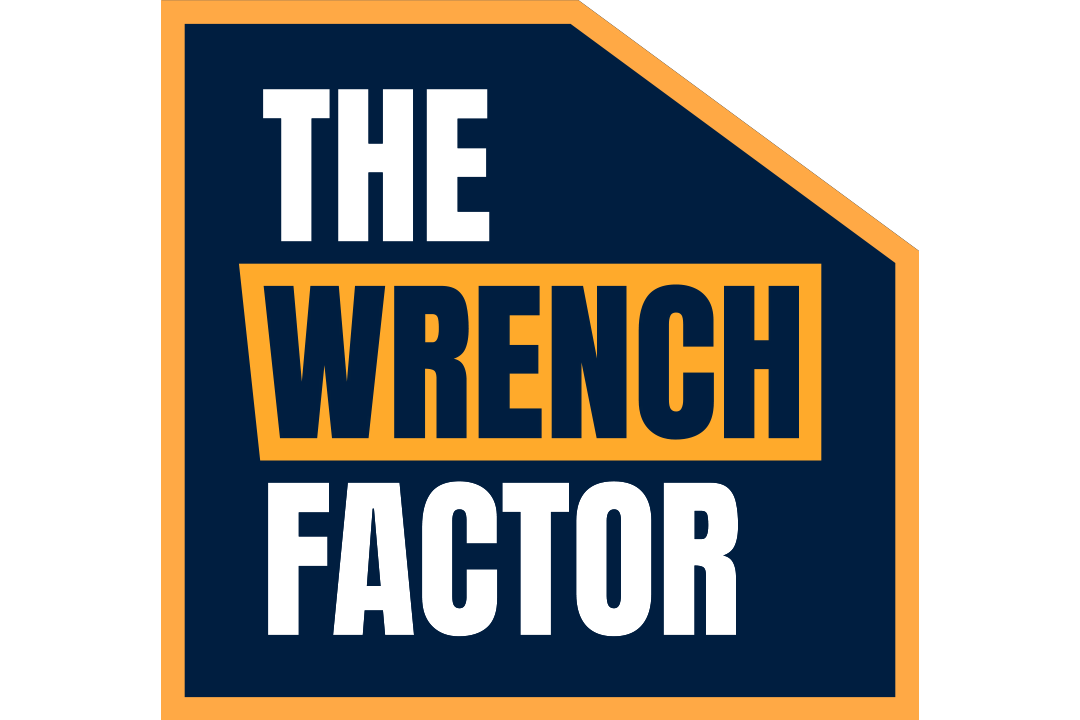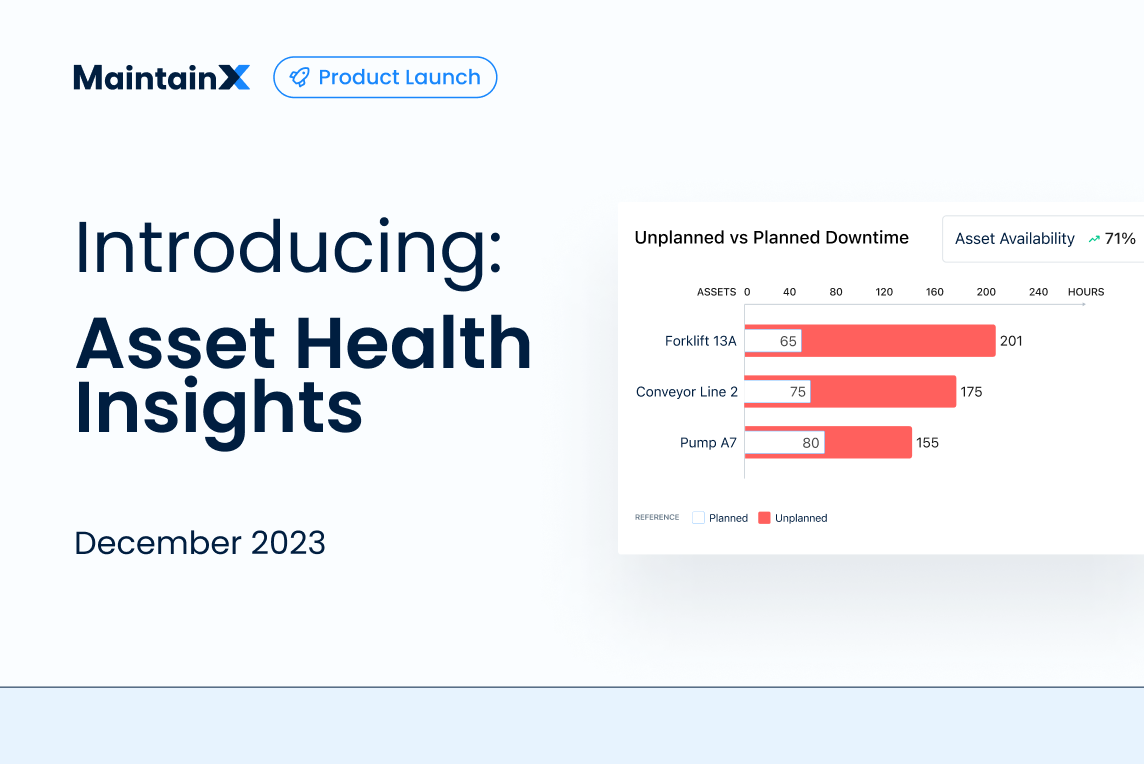
Every modern organization is an IT organization. The digital transformation of society means every company must take IT management seriously to function effectively.
Proper IT management is key to maintaining operations, keeping systems secure, and achieving business goals. Companies that follow IT management best practices see less downtime, better security, and improved day-to-day efficiency. This guide explores valuable IT management strategies to help technology teams refine their approach.
Key Takeaways
Following IT management best practices leads to measurable improvements in how organizations perform. Companies that apply these guidelines typically experience:
- Less IT-related downtime thanks to active monitoring and well-planned incident management
- Better operational efficiency with quicker resolution of service requests
- Stronger security with fewer successful breach attempts
- Higher customer satisfaction scores through smoother service delivery
- Lower costs through smarter resource allocation and automated workflows
What is IT asset management?
According to Gartner, organizations investing in “digital immunity” (robust monitoring, testing, and reliability practices) will achieve 80% less downtime. IT asset management (ITAM) serves as the bedrock for these immunity practices and effective technology operations. ITAM includes the methods and approaches organizations use to track, maintain, and improve their technology resources throughout their useful life. Proper ITAM helps companies control expenses, stay compliant with regulations, and ensure all technology supports business goals.
The IT asset lifecycle consists of several main phases that need active management:
- Planning: Identify business needs and choose suitable technology solutions
- Buying: Purchase and roll out new assets based on organizational needs
- Setup: Configure and integrate assets into the existing infrastructure
- Upkeep: Update, patch, and support assets during their useful life
- Removal: Safely retire and replace outdated assets
IT asset management differs from IT service management (ITSM) in what it focuses on. While ITAM centers on tracking physical and digital assets, ITSM deals with delivering technology services to users. Most organizations use both approaches as complementary practices within the broader information technology infrastructure library (ITIL) framework.
Why is IT asset management important?
Only 30% of organizations have ITAM teams that are well-equipped to tackle emerging expectations, including cyber security alignment and cloud management. Effective IT asset management creates a foundation for business success by connecting technology resources directly to organizational goals. This strategic approach delivers value across four critical business areas:
Operational excellence
When companies maintain accurate records of all IT assets, daily operations improve dramatically. Teams locate equipment faster, streamline maintenance, and prevent wasteful duplicate purchases. This systematic approach to resource management enables smoother service delivery and higher efficiency across the organization.
Enhanced security
Security improves significantly with comprehensive asset tracking. IT teams can quickly identify vulnerabilities, consistently apply patches, and reduce potential attack surfaces. This proactive approach is increasingly crucial as the global average cost of data breaches continues to rise—jumping 10% in 2024 alone, primarily due to business disruption and response costs. While 77% of organizations recognize ITAM as foundational to cybersecurity, only 54% have aligned these critical functions.
Regulatory compliance
Meeting industry regulations becomes more straightforward with organized asset management. Companies can effectively track license usage, maintain detailed documentation, and demonstrate adherence to regulatory standards. This systematic approach substantially reduces business risks associated with compliance failures.
Cost optimization
Controlling technology expenses becomes more manageable as organizations monitor asset utilization, extend equipment lifespans, and optimize software licensing. When IT leaders participate in business planning and strategy sessions, technology investments align directly with key business initiatives rather than operating in isolation.
This alignment transforms how organizations view technology investments—not merely as expenses but as strategic business enablers. Companies that establish oversight committees with both IT and business stakeholders create more effective technology roadmaps and better resource allocation. Regular business impact assessments help IT teams understand how their services affect critical business functions, ensuring technology decisions consistently support organizational goals.
How to create an IT asset management plan
Organizations need a structured approach to implement effective IT asset management. The following steps provide a framework for developing a comprehensive plan that addresses key business functions.
Step 1: Create a complete inventory
Begin with a thorough assessment of all existing technology assets. Organizations must document both hardware and software assets, including:
- Computing devices (desktops, laptops, servers, networking equipment)
- Software applications and licenses
- Cloud resources and services
- Mobile devices and peripherals
- Supporting infrastructure components
Implement asset tagging systems with unique identifiers for each component. This initial inventory establishes the baseline for ongoing management activities. Organizations should use configuration management tools to automate this process whenever possible.
Step 2: Establish governance policies
Develop clear policies that govern how the organization acquires, manages, and retires technology assets. These policies should address:
- Procurement standards and approval workflows
- Security requirements for all systems
- Acceptable use guidelines
- Maintenance schedules and responsibilities
- Retirement and disposal procedures
Project management is essential at each lifecycle stage to ensure assets are implemented on time, within budget, and according to specifications. Organizations that integrate project management disciplines with asset management achieve more predictable outcomes and better resource utilization.
Assign appropriate team members to oversee different aspects of asset management. The governance structure should include representatives from IT operations, security, finance, and business units to ensure comprehensive oversight.
Step 3: Implement management tools
Select and deploy service management software that supports automated asset tracking and reporting. The ideal solution integrates with existing IT systems and provides:
- Automated discovery and inventory capabilities
- Configuration management database functionality
- License compliance tracking
- Performance monitoring and alerting
- Self-service portal for user requests
- Reporting and analytics features
The management tools should reduce manual processes and create a self-service environment where users can access resources efficiently. This technology foundation supports continuous service delivery and streamlines operational workflows.
Step 4: Implement life cycle management practices
Develop structured processes for managing assets throughout their entire operational lifespan. Effective life cycle management includes:
- Standardized onboarding processes for new assets
- Proactive maintenance schedules based on manufacturer recommendations
- Regular performance assessments to identify degrading components
- Clear upgrade paths for aging but functional systems
- Secure data sanitization procedures for retired equipment
This comprehensive approach maximizes the value derived from technology investments while reducing security risks associated with aging systems.
Step 5: Build resilient IT operations
Companies now rely heavily on technology services for their core activities, making system resilience an essential component of effective IT management. Beyond merely preventing system failures, modern approaches focus on maintaining service continuity even when problems inevitably occur.
Begin by analyzing how disruptions affect the business to identify critical services and establish appropriate recovery objectives. This assessment should consider both technical dependencies and business priorities when developing recovery strategies.
Implement redundant systems where necessary, but understand that duplicating infrastructure isn't sufficient on its own. Regular testing through planned simulations helps teams identify weaknesses and build confidence in their recovery procedures.
Develop detailed emergency playbooks that guide teams through complex recovery scenarios. These documented procedures reduce decision-making burden during stressful situations and ensure teams follow the correct steps in the proper sequence.
Putting IT asset management best practices to work
Organizations achieve optimal results by implementing proven management practices across their technology operations:
Project and Change Management: Use formal project frameworks and structured change management processes to control implementations, reduce scope creep, and ensure smooth transitions.
Incident and Knowledge Management: Establish clear incident response procedures with automated alerting, escalation paths, and root cause analysis. Maintain comprehensive knowledge bases to preserve expertise and accelerate troubleshooting.
Vendor and Service Management: Optimize technology partner relationships through performance evaluation and SLA tracking. Foster a service-oriented culture focused on user experience rather than technical metrics.
Security and Compliance: Implement continuous monitoring, data encryption, and proactive vulnerability management aligned with business risks and regular access control audits.
FAQs on IT Management
What metrics should we track to measure IT management effectiveness?
Focus on key performance indicators like mean time to resolution, system availability percentage, security incident frequency, service request volume, and customer satisfaction scores. These metrics provide a comprehensive view of operational performance.
How often should we update our IT asset inventory?
Conduct full inventory audits quarterly but implement continuous monitoring through automated tools. This balanced approach ensures accuracy while minimizing manual effort.
What is the relationship between ITIL and IT asset management?
ITIL, or Information Technology Infrastructure Library, provides the framework for service management, while IT asset management focuses on the technology components that enable those services. Many organizations implement ITIL processes alongside asset management practices to create a comprehensive approach.
How can we improve user adoption of IT management systems?
Implement intuitive self-service options, provide clear documentation, offer targeted training, and gather regular user feedback. These strategies increase adoption rates and improve the overall user experience.

The MaintainX team is made up of maintenance and manufacturing experts. They’re here to share industry knowledge, explain product features, and help workers get more done with MaintainX!

























